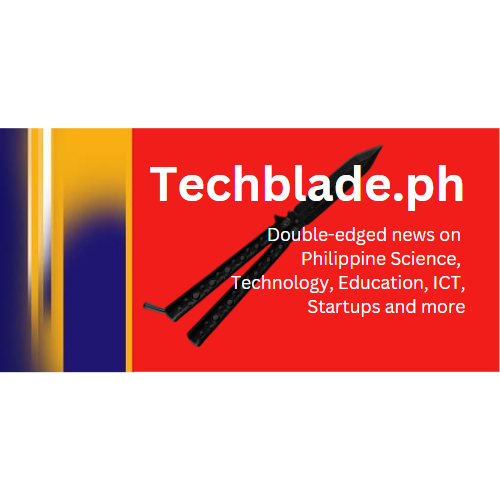Ever wondered how
come that you made a transaction from an ATM that is from another bank aside
from your own bank and your account is updated in realtime? Unlike during the
time when bank ATMs were stand alone and not interconnected from other banks.
This was during the time of the late 70s to the early 80s. One really needs to
go and search for one’s own bank for withdrawal and deposit transactions. Now,
it is not even thought about much less worry about having one’s account updated
and balanced.
Health is Wealth
Should people’s
health be considered assets too? Sure! Although health is not a “hard” asset, it
can also be considered as currency since
productivity of each person’s health is the basis for being productive and
creative. That is why health can also and must be a part of “Account Management”,
such as what is done in banks. The Philippine Health industry can also be
likened to the banking industry wherein “Health Accounts” are managed.
What can be done for
the Philippine Health Industry?
During the early
days of computer science in the Philippines, there was this subject called Data
Communications. This is where the “protocols” for communication between
computers were taught. One has to learn how the Cyclic Redundancy Check (CRC) between
2 computers were made to validate the integrity of the data shared between
them. Basically, it is a series of “divisions” that will arrive at the same
quotient that must be checked. If any one cares to remember the error code Bad
CRC, one will know what it means.
With the
introduction of automation and information systems in almost all industries, each
healthcare provider be it hospitals, clinics and laboratories have their own systems
and methods. They have their own customized information and communications
system within their own institutions. These have proven to be highly beneficial
to all stakeholders in the healthcare industry and served as a boon to all
concerned with the efficiency and responsiveness to the needs of patients and
health professionals.
But with all the
vagaries of geography, circumstances of patients and medical and allied
professionals, the next level of healthcare automation and information
communications technology is needed to match up with the demand for healthcare
services by a growing population with developing needs based on economic and
social dynamics.
That means
healthcare providers must be like banks and must share data due to evolving
demands.
How?
Health Level 7 or
HL7 Provides the Answer
Health Level 7 or
HL7 refers to a set of international standards for the transfer/transmission of
clinical and administrative data between healthcare institutions that have
their own software in the information systems management. These international
standards serve as the infrastructure wherein software applications used by different
institutions can convey data and information.
HL7 serves as the
interface between these institutions. This “interface” is the Health Level
Seven International, an organization for international standards organization
whose standards are adopted by other standards issuing organizations such as
the American National Standards Institute.
Health Level
Seven International was founded in 1987. It is a not-for-profit,
ANSI-accredited standards developing organization providing a comprehensive infrastructure and
related standards for the exchange, integration, sharing, and retrieval of
electronic health information that supports clinical practice and the
management, delivery and evaluation of health services. HL7 has the support of
more than 1,600 members from more than 50 countries that includes more than 500 corporate members
representing healthcare providers, government stakeholders, consulting firms,
vendors/suppliers and even pharmaceutical companies.
HL7 in the
Philippines
HL7 Philippines
officially became a member of HL7 International on 2014 and has its Vision and
Mission as follows:
Vision:
Vision:
HL7’s vision is
to create the best and most widely used standards in healthcare.
Mission:
Mission:
HL7 provides
standards for interoperability that improve care delivery, optimize workflow,
reduce ambiguity and enhance knowledge transfer among all of our stakeholders,
including healthcare providers, government agencies, the vendor community,
fellow SDOs and patients. In all of our processes we exhibit timeliness,
scientific rigor and technical expertise without compromising transparency,
accountability, practicality, or our willingness to put the needs of our
stakeholders first
HL7 Philippines
Series of Roundtable Discussions
HL7 Philippines
on its second of its series of roundtable discussions noticed an increase in
attendance from a wide field of industry participants in the Philippine Health
IT and IT Industries. This recent discussion was held at the PLDT Building and
participants ranged from Telcos to software development firms, educational
institutions and even government.
This is evidence
that the introduction of Hl7 in the Philippine Health Industry is sparking an
unprecedented interest in the cooperation between previously unrelated stakeholders
into a cohesive group of diverse stakeholders moving towards interoperability.







0 Comments